Eva Le Floch, OAKland Group
For a long time now, students have been using standard differentiators to choose their future higher education institution, such as quality of education, accreditations, or number of international partners.
In recent years, the concept of the “student experience” has begun to feature, sometimes prominently, among the selection criteria. So what is the student experience, and how can it be optimised ?
What is the student experience?
The student experience refers to the sum of the interactions, emotions and experiences the student has throughout their course of study at a higher education institution.
In the frantic race for differentiation between the various players in the higher education world, the idea now is to put the student back at the centre of the institution and its courses, in order to develop coherent and inspiring learning paths.
To this end, institutions will attempt to devise more personalised (“à la carte”) learning paths, thus enabling each student to enjoy a unique experience. They will also strive to promote the development of collaborative student communities, in tune with each student’s needs and aspirations.
The student experience is now clearly integrated into all of the brand strategies of the higher education institutions. But work-study students are still largely being left behind in this new quest.
So what about work-study students?
Because the time they are present at the institution is interspersed with periods spent working in a company, work-study students have a much lower attendance rate than other students. It follows that they will not have the same student experience as their fellow post-secondary students. Even so, that experience can still be improved.
The challenge facing most institutions over the last decade has been to achieve a rapid increase in the number of work-study students on their programmes, but without really looking into ways of providing an optimal student experience for them. Work-study students have to build their learning paths around lengthy periods of absence, when they have no opportunities to get together and participate in activities such as sporting events, student evenings or humanitarian operations. As a result, their student experience loses a great deal of its raison d’être.
Yet the number of work-study students in higher education is increasing all the time, so it is essential to be aware of the many challenges involved in optimising the work-study experience.
What are the challenges of the work-study experience?
Improving the work-study experience helps develop the students’ loyalty to their institution, together with a keen sense of belonging to their institution’s community, so that they become the best ambassadors for it.
The main challenges are:
- encouraging work-study students to promote their institution in order to increase the enrolment rate year-over-year;
- improving the degree of satisfaction of companies that recruit work-study students;
- getting the Alumni more involved;
Once the main challenges have been identified, it is essential to define the areas of improvement to work on in order to meet those challenges. This will require data analysis, and therefore data collection.
How can data help to improve the work-study experience?
The success of the experience will depend on the degree of personalisation an institution can offer work-study students in order to satisfy them. The idea is to be able to collect accurate data on students’ behaviour, choice of study programme, etc. throughout their course, to organise and analyse the data so as to be able to design or develop programmes or teaching innovations in accordance with the students’ aspirations, and to offer students placements or work-study contracts that align with the rest of their course.
For the results to be conclusive, data collection must not be confined to just pedagogical data. It must also take into account the opinions of work-study students on the institution’s facilities, the quality of student reception, the actions the institution is taking to reduce its impact on the environment, and so on.
Collecting data on this scale, however, is not that simple. Data is generally collected at different times during the work-study student’s course, used by several departments and generated by different systems (ERP, CRM, etc.). In order to mobilise the data in real time and to assure its uniqueness, it must be possible to centralise the data in a single tool.
Consolidating the data elements in a single system makes it easier to analyse them and to highlight the impact that each one has on the total student experience. Once this analysis has been performed, it will then be possible to draw up a specific action plan to address the various challenges identified.




